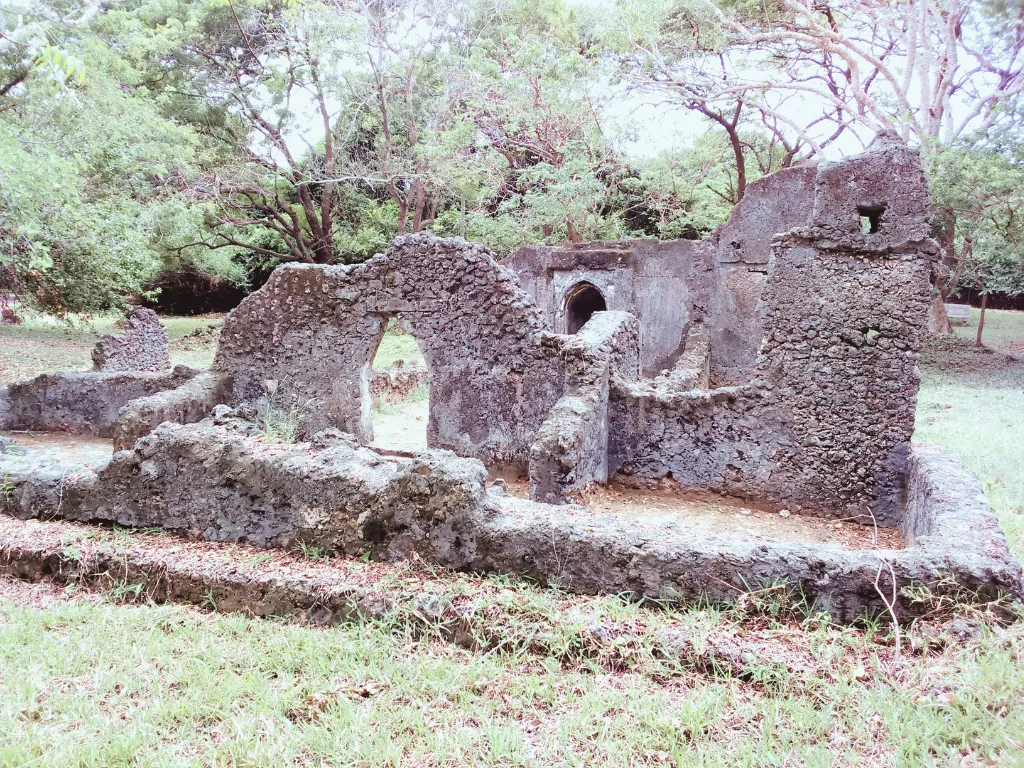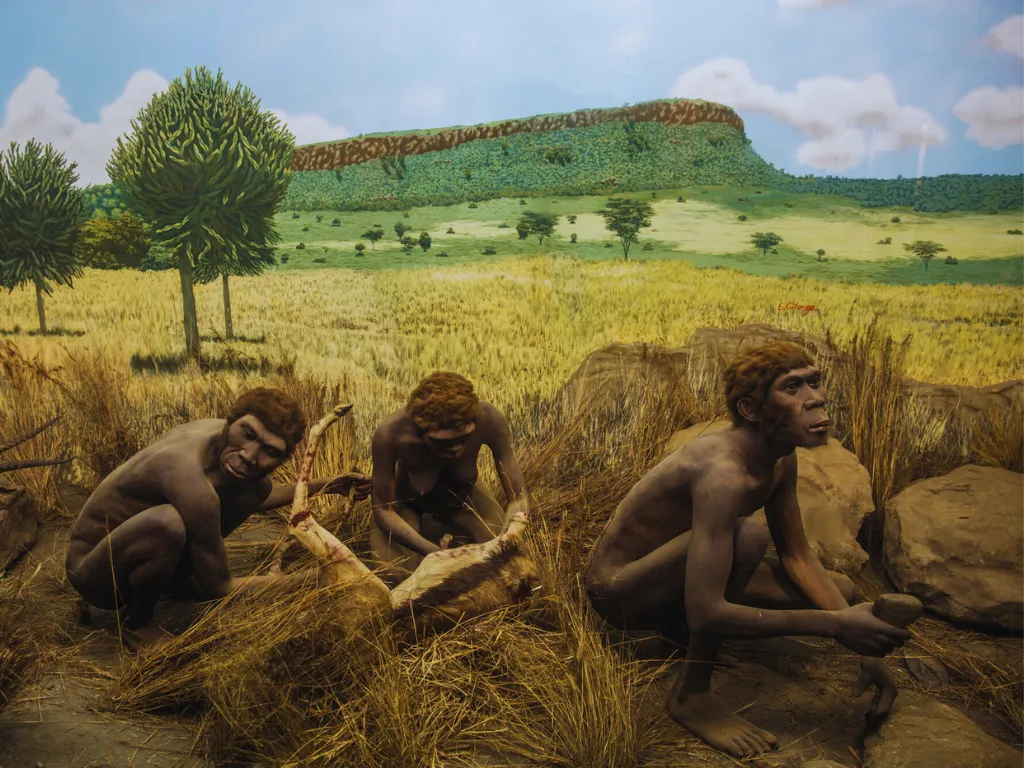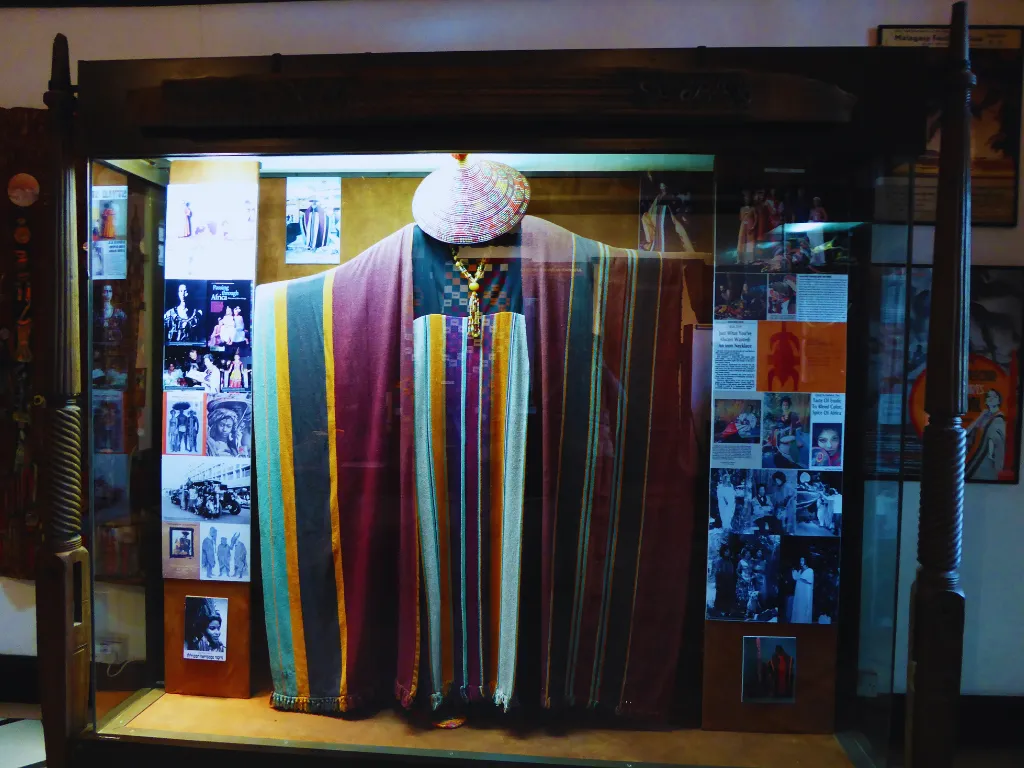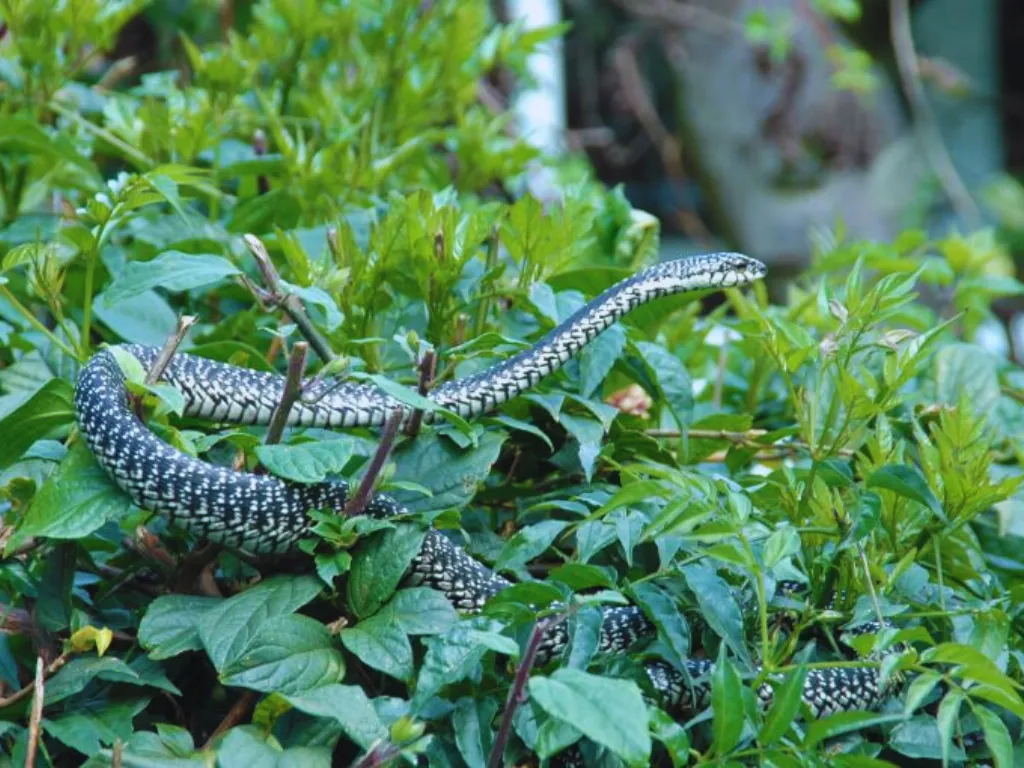
Why Visit? Jumba la Mtwana, in the Swahili tongue meaning “the large house of the slave,” stands as a solemn testament to bygone eras of commerce, Swahili settlement, and the echoes of human bondage. Amidst sandy paths and whispering palm fronds, visitors may wander through coral-stone ruins—lingering remnants of a once-thriving 14th-century settlement.

Coral walls and mihrabs offering a glimpse into the spiritual life of its former residents.

Courtyards and rooms bearing witness to Swahili domestic customs of the medieval period.

The settlement’s proximity to the Indian Ocean, underscoring the maritime links that once enriched the community.

Pottery shards, glass beads, and other artifacts, testifying to trade ties with distant shores.
Erected in the late 14th century, Jumba la Mtwana was likely established by Swahili families who capitalized upon the Indian Ocean trade routes. The site’s name suggests a history tied to enslavement and trade, though the precise origins and extents remain partially shrouded in mystery.
Excavations, commenced in more recent decades, revealed dwellings, mosques, and domestic courtyards fashioned from coral rag. Here, ornate plasterwork and carved niches hint at a culture both affluent and devout. Yet, as with many coastal sites, Jumba la Mtwana was ultimately forsaken—whether due to shifting trade winds, water scarcity, or external pressures is left for archaeologists to debate.
Visiting Hours: 8:00 AM – 6:00 PM daily (including Sundays and public feast days).
Tickets & Admission: Acquire passes via eCitizen. Coin of the realm is not accepted at gate.
Guided Tours: Local custodians remain well-versed in legend and lore, eagerly relating the site’s storied past.
Location & Access: A short drive north from Mombasa, branching near Mtwapa to reach the site’s coastal respite.
Archaeological Workshops: On occasion, scholars and enthusiasts gather to study excavations, fostering dialogue on Swahili heritage.
Cultural Evenings: Periodic gatherings celebrate Swahili music, dance, and oral tradition under the starlit skies.
Modest Interpretive Displays: Informational boards detail the site’s architectural features and historical context.
Local Vendors: Stalls may offer souvenirs, craft items, and chilled refreshments.
Seaside Promenade: Ample spots to pause and contemplate the Indian Ocean’s restless tides.
Cool Mornings: The coastal heat grows formidable by midday; plan accordingly.
Footwear & Caution: Coral stones can be jagged, so sturdy shoes and measured steps are advised.
Cultural Respect: Though partially in ruin, this site retains significance for local traditions—honor any posted guidelines.
In the silent arches of Jumba la Mtwana, echoes of medieval Swahili life endure. Wander among these coral foundations, dear traveler, and sense the bygone hum of trade winds, seafaring dhows, and a society long hidden by the shifting sands of time.
The National Museums of Kenya (NMK), established under the Museums and Heritage Act (2006), is a multi-disciplinary institution dedicated to collecting, preserving, researching, and presenting Kenya’s cultural and natural heritage.
Sign up to our newsletter